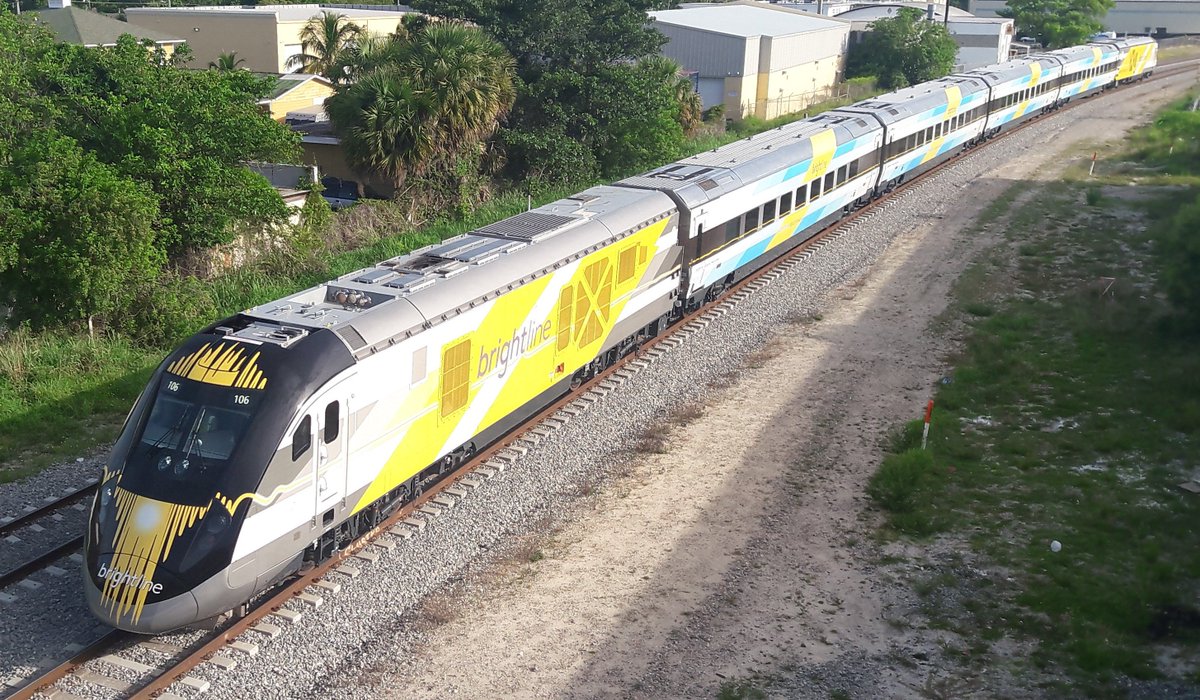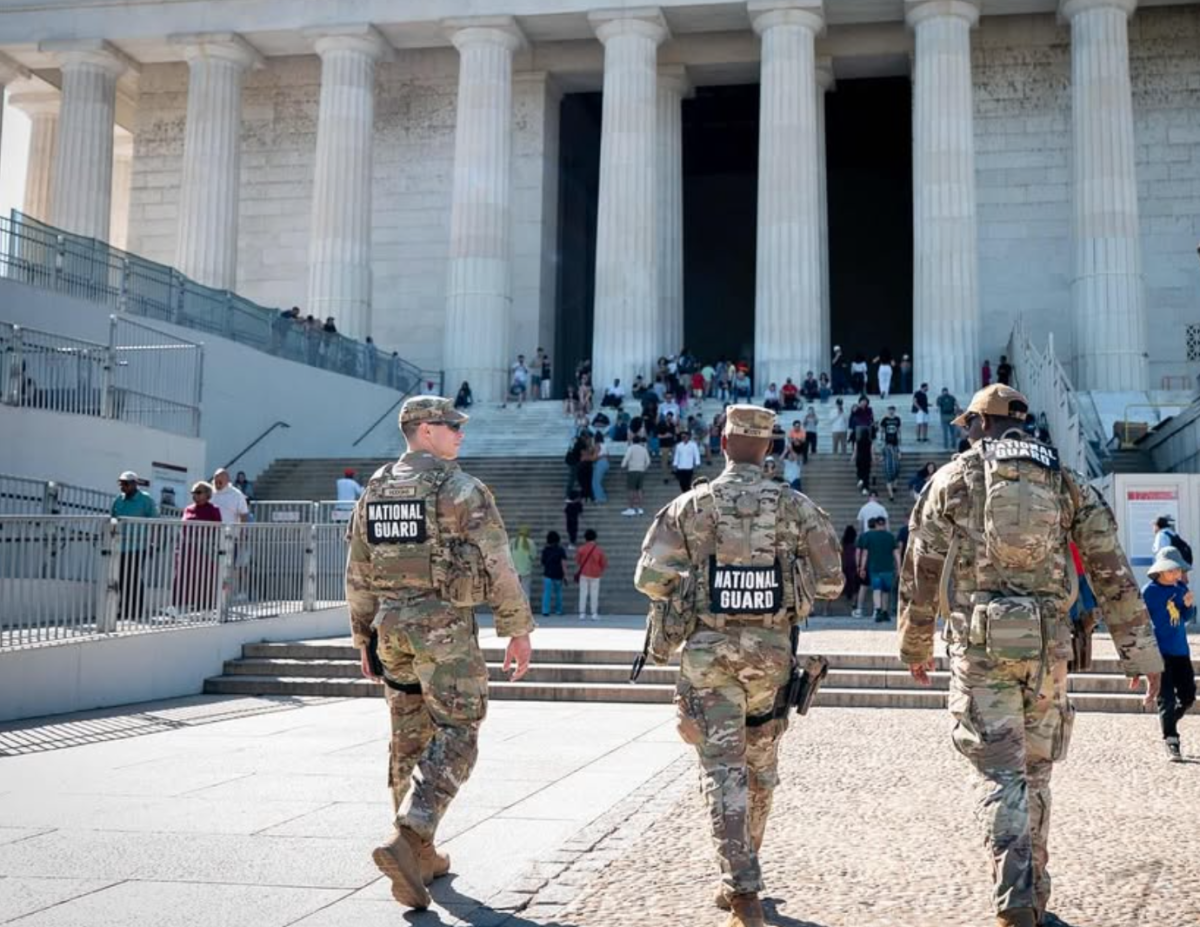As someone who has been to countries all over the world, I have endless experience with every form of travel, from boats to buses. However, nothing excites my traveler brain more than a high-speed rail network. The prospect of moving between the world’s major cities without congested highways or flight delays is something I have been anticipating in the United States. China, Japan and Europe all have extensive high-speed passenger rails, so why has the United States failed to catch up?
The United States’ passenger rail system is largely controlled by the government under Amtrak. Amtrak was created by Congress in 1970 to manage the country’s intercity railway system that had previously been controlled by private companies. Since the takeover, freight railroads have seen success, but passenger railroads have become a lower priority for an oil and auto-focused government. Due to airlines and motor companies lobbying to keep their industries at the forefront of American transportation, rail travel has been shut out for a long time. However, the recent rise in environmental concerns has passengers looking for more carbon-conscious ways to complete their trips.
One private corporation, Brightline, is making history with their test run of high-speed rail between Miami and Orlando, Fla. Brightline is the first privately-owned passenger rail company to open in the United States in 100 years. The trip between the two major Florida cities will take 30 minutes less than driving. Prior to the opening of Brightline, however, Amtrak’s Acela network was the only high-speed rail in the United States. With the government failing to take the lead on improving and expanding a promising transportation system, Brightline may have the opportunity to win over passengers.
Amtrak’s Acela line currently operates between Washington, D.C. and Boston, and Brightline will launch with service between Miami and Orlando. While both lines are limited at the moment, Brightline has an advantage over Amtrak: the Florida company is privately owned. This allows Brightline to bypass the airplane and auto lobbyists and solely focus on the consumer. The big question now, however, is if the consumer will bite.
As I mentioned earlier in the article, Brightline’s trip is a mere 30 minutes shorter than what it would take to drive. Solely considering travel time, the switch to high-speed rail may not seem worth it. However, looking past the surface, there are clear environmental benefits to this line. Brightline, in contrast to Amtrak, runs solely on biodiesel. More than 90% of those who make the journey between Miami and Orlando do so by car. It is no secret that cars produce pollution, so for the 40 million people who make that trip a year, switching to biodiesel trains would be a big win for the environment.
If Brightline succeeds and is able to generate enough revenue, this could mean expansion to other states and major cities. I see Brightline having major potential to outperform its outdated and slower counterpart, Acela. I used to regularly take the Acela trip from New York to D.C., but as the trains have worn down and the lines have not gotten any faster, I find myself opting for air travel. With the rate at which airlines are growing and trains are falling behind, it doesn’t really make a lot of sense for me to choose the three-hour rail trip over the 45-minute plane ride, both of which usually end up being the same price. Brightline is finally giving trains a chance to compete with other forms of travel.
I went on the Brightline website to book a trip between Miami and Orlando for a weekend in December. The round trip costs $158 and will take three and a half hours each way. Next, I went on the Amtrak website and tried to book the same trip for the same dates. Now, this one did only cost $78 round trip, but the travel time came in at a whopping five hours one way and closer to six hours on the way back. While the price was half of Brightline’s, I would never choose a train ride longer than a car ride, regardless of cost. With three options lined up in front of me — Amtrak, Brightline or car — I would never choose Amtrak for that trip. There may be other instances where Amtrak makes sense, especially in cities where Brightline doesn’t exist yet, but if Brightline faces success and is able to expand to other destinations, then Amtrak will cease to be useful to the average traveler.
Amtrak and, subsequently, the government cannot keep up with the demand for more environmentally-friendly and less car-focused transportation. This country’s investment in railroads is quite frankly embarrassing compared to countries across the world that are seeing top speeds of 200 mph on trains. If it takes private corporations to do what the government should have done 20 years ago, then I will happily hand over my money to Brightline. The world is moving past highways and TSA lines. The United States is operating in the past of transportation, and one more lane just won’t suffice.
Cailee Zeraat, FCRH ’25, is an English major from Fairfax, Va.










































































































































































































